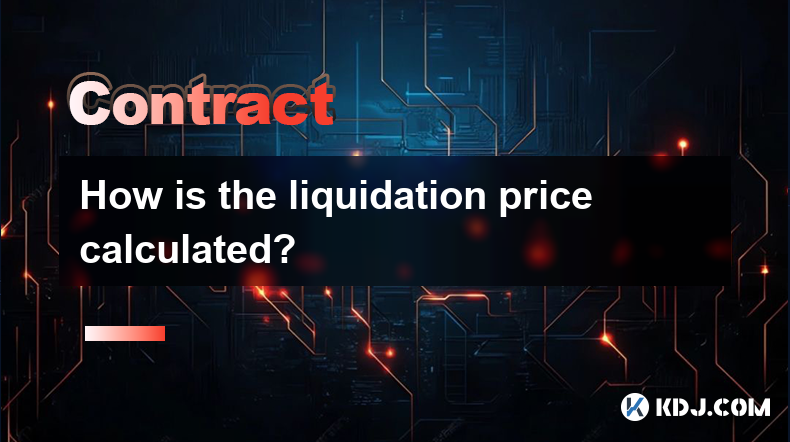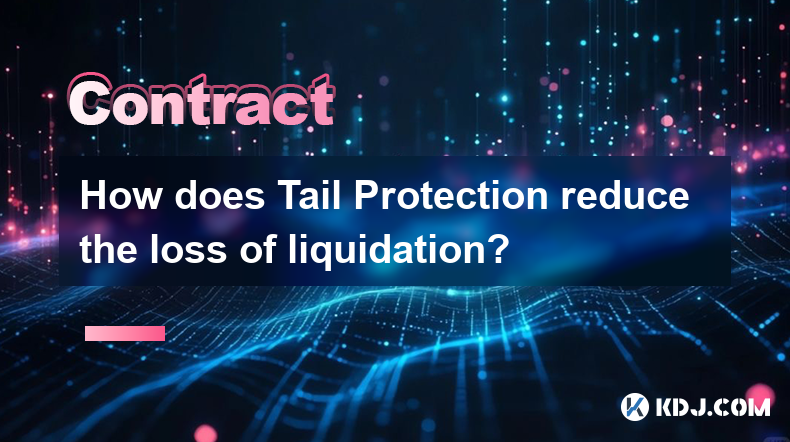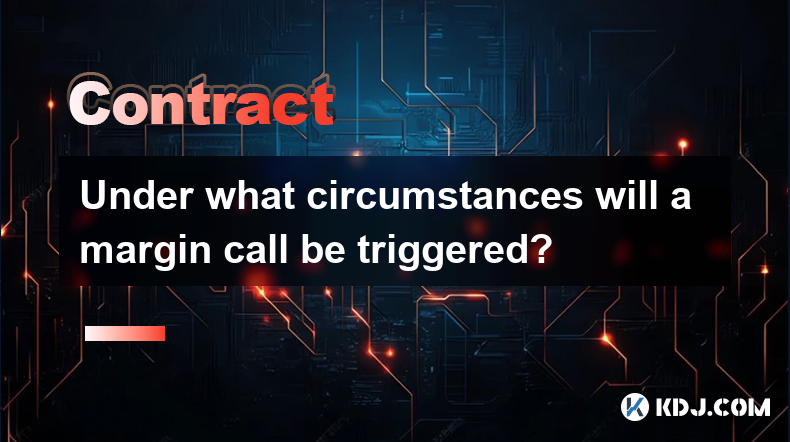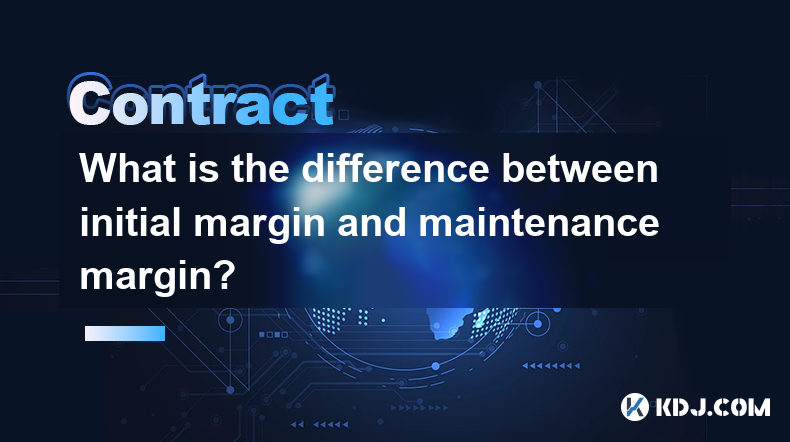-
 Bitcoin
Bitcoin $84,887.8886
1.15% -
 Ethereum
Ethereum $1,642.5421
4.46% -
 Tether USDt
Tether USDt $0.9997
0.02% -
 XRP
XRP $2.1371
3.96% -
 BNB
BNB $596.3744
1.16% -
 Solana
Solana $129.9399
7.55% -
 USDC
USDC $0.9998
-0.02% -
 Dogecoin
Dogecoin $0.1666
3.79% -
 TRON
TRON $0.2476
2.11% -
 Cardano
Cardano $0.6527
3.49% -
 UNUS SED LEO
UNUS SED LEO $9.3206
-0.73% -
 Chainlink
Chainlink $13.0892
2.57% -
 Avalanche
Avalanche $20.3596
4.93% -
 Stellar
Stellar $0.2450
4.18% -
 Sui
Sui $2.3183
3.47% -
 Toncoin
Toncoin $3.0155
1.09% -
 Shiba Inu
Shiba Inu $0.0...01256
2.60% -
 Hedera
Hedera $0.1720
1.61% -
 Bitcoin Cash
Bitcoin Cash $350.3078
11.67% -
 MANTRA
MANTRA $6.2812
-2.17% -
 Litecoin
Litecoin $78.8248
2.32% -
 Polkadot
Polkadot $3.7123
3.59% -
 Hyperliquid
Hyperliquid $16.2646
3.18% -
 Dai
Dai $1.0002
0.02% -
 Bitget Token
Bitget Token $4.3865
1.15% -
 Pi
Pi $0.7345
20.70% -
 Ethena USDe
Ethena USDe $0.9990
0.03% -
 Monero
Monero $205.5954
0.29% -
 Uniswap
Uniswap $5.5522
4.97% -
 OKB
OKB $53.6736
0.54%
How is the liquidation price calculated?
Liquidation price is crucial in crypto trading; it's when an exchange closes a leveraged position to prevent further losses, calculated using initial and maintenance margins.
Apr 12, 2025 at 01:35 am

Introduction to Liquidation Price
Liquidation price is a critical concept in the world of cryptocurrency trading, particularly when dealing with leveraged positions. Understanding how this price is calculated is essential for traders to manage their risk effectively. The liquidation price is the point at which a trader's position is forcibly closed by the exchange to prevent further losses. This article will delve into the detailed mechanics of how the liquidation price is calculated, ensuring that traders have a comprehensive understanding of this vital aspect of trading.
The Basics of Leveraged Trading
Leveraged trading allows traders to open positions larger than their actual capital by borrowing funds from the exchange. This can amplify both potential profits and losses. When a trader uses leverage, they must maintain a certain level of equity in their account, known as the margin. If the market moves against the trader's position and the equity falls below the required margin, the position is liquidated.
Factors Affecting Liquidation Price
Several factors influence the calculation of the liquidation price. These include the initial margin, the maintenance margin, the size of the position, and the direction of the trade. The initial margin is the amount of capital required to open a leveraged position, while the maintenance margin is the minimum amount of equity that must be maintained to keep the position open.
Calculation of Liquidation Price for Long Positions
For a long position, the liquidation price is calculated to ensure that the trader's equity does not fall below the maintenance margin. The formula for calculating the liquidation price for a long position is as follows:
- Liquidation Price = Entry Price / (1 + (Initial Margin / Position Size) - (Maintenance Margin / Position Size))
Let's break down this formula with an example. Suppose a trader opens a long position on Bitcoin with an entry price of $30,000, an initial margin of $3,000, and a maintenance margin of $1,500. If the position size is 1 Bitcoin, the liquidation price would be calculated as:
- Liquidation Price = 30,000 / (1 + (3,000 / 1) - (1,500 / 1))
- Liquidation Price = 30,000 / (1 + 3,000 - 1,500)
- Liquidation Price = 30,000 / 2.5
- Liquidation Price = $12,000
In this example, if the price of Bitcoin falls to $12,000, the trader's position would be liquidated.
Calculation of Liquidation Price for Short Positions
For a short position, the liquidation price is calculated differently. The formula for calculating the liquidation price for a short position is as follows:
- Liquidation Price = Entry Price / (1 - (Initial Margin / Position Size) + (Maintenance Margin / Position Size))
Using the same example as above, but for a short position, let's calculate the liquidation price. Suppose a trader opens a short position on Bitcoin with an entry price of $30,000, an initial margin of $3,000, and a maintenance margin of $1,500. If the position size is 1 Bitcoin, the liquidation price would be calculated as:
- Liquidation Price = 30,000 / (1 - (3,000 / 1) + (1,500 / 1))
- Liquidation Price = 30,000 / (1 - 3,000 + 1,500)
- Liquidation Price = 30,000 / (-0.5)
- Liquidation Price = -$60,000
Since negative prices are not possible in this context, the liquidation price for a short position would be the point at which the price rises to a level that triggers the liquidation. In this case, if the price of Bitcoin rises to $60,000, the trader's position would be liquidated.
Practical Example of Liquidation Price Calculation
To further illustrate how liquidation prices are calculated, let's consider a practical example using a trading platform. Suppose a trader wants to open a leveraged position on Ethereum (ETH) using a trading platform that offers 10x leverage.
- Entry Price: $2,000
- Position Size: 1 ETH
- Initial Margin: $200 (10% of the position value)
- Maintenance Margin: $100 (5% of the position value)
For a long position:
- Liquidation Price = 2,000 / (1 + (200 / 1) - (100 / 1))
- Liquidation Price = 2,000 / (1 + 200 - 100)
- Liquidation Price = 2,000 / 2
- Liquidation Price = $1,000
For a short position:
- Liquidation Price = 2,000 / (1 - (200 / 1) + (100 / 1))
- Liquidation Price = 2,000 / (1 - 200 + 100)
- Liquidation Price = 2,000 / (-99)
- Liquidation Price = -$20.20
Again, since negative prices are not possible, the liquidation price for a short position would be the point at which the price rises to a level that triggers the liquidation. In this case, if the price of Ethereum rises to $20.20, the trader's position would be liquidated.
Importance of Monitoring Liquidation Price
Understanding and monitoring the liquidation price is crucial for traders to manage their risk effectively. By knowing the liquidation price, traders can set stop-loss orders to close their positions before reaching the liquidation point, thereby minimizing potential losses. Additionally, traders can adjust their position sizes and leverage levels to ensure that their liquidation prices are at acceptable levels.
Frequently Asked Questions
Q: Can the liquidation price change after opening a position?
A: Yes, the liquidation price can change if the trader adjusts their position size, adds or removes margin, or if the exchange changes its margin requirements. It's important for traders to regularly check their liquidation prices to stay informed about their risk levels.
Q: What happens if the market price briefly touches the liquidation price but then recovers?
A: If the market price touches the liquidation price, the position will be liquidated immediately. There is no recovery period, so traders must be vigilant about their liquidation prices and use appropriate risk management strategies.
Q: Are there any strategies to avoid liquidation?
A: Yes, several strategies can help avoid liquidation. These include using stop-loss orders, reducing leverage, increasing margin, and diversifying positions. Each strategy has its own set of considerations and potential impacts on overall trading performance.
Q: How do different exchanges calculate liquidation prices?
A: Different exchanges may have slightly different formulas for calculating liquidation prices, but the core principles remain the same. Traders should familiarize themselves with the specific rules and formulas used by their chosen exchange to ensure accurate risk management.
Disclaimer:info@kdj.com
The information provided is not trading advice. kdj.com does not assume any responsibility for any investments made based on the information provided in this article. Cryptocurrencies are highly volatile and it is highly recommended that you invest with caution after thorough research!
If you believe that the content used on this website infringes your copyright, please contact us immediately (info@kdj.com) and we will delete it promptly.
- Toncoin [TON] Could Be on the Verge of a Rebound as Key Technical and On-chain Metrics Flashed Bullish Signals
- 2025-04-13 03:00:14
- BlockDAG (BDAG) Promises 3932% ROI in 2025, Outpacing Litecoin and Avalanche
- 2025-04-13 03:00:14
- 4 Best Cryptos to Buy Today: BlockDAG, BNB, XRP, and Toncoin
- 2025-04-13 02:55:13
- It’s Been an Exceptionally Volatile Week, but One Measure May Be Signaling Longer-Term Bullish Sentiment for Bitcoin
- 2025-04-13 02:55:13
- Popcat (POPCAT) Stages a Strong Comeback as Investors Buy the Dip and Exchange Reserves Drop
- 2025-04-13 02:50:13
- Bathed in the effervescent glow of the cryptocurrency market
- 2025-04-13 02:50:13
Related knowledge

How does Tail Protection reduce the loss of liquidation?
Apr 11,2025 at 01:50am
Introduction to Tail Protection in CryptocurrencyTail Protection is a mechanism designed to mitigate the risks associated with liquidation in cryptocurrency trading. Liquidation occurs when a trader's position is forcibly closed by the exchange due to insufficient margin to cover potential losses. This often happens in leveraged trading, where traders b...

How to judge the market trend by the position volume?
Apr 11,2025 at 02:29pm
Understanding how to judge the market trend by position volume is crucial for any cryptocurrency trader. Position volume, which refers to the total number of open positions in a particular cryptocurrency, can provide valuable insights into market sentiment and potential price movements. By analyzing this data, traders can make more informed decisions ab...

Why does a perpetual contract have no expiration date?
Apr 09,2025 at 08:43pm
Perpetual contracts, also known as perpetual futures or perpetual swaps, are a type of derivative product that has gained significant popularity in the cryptocurrency market. Unlike traditional futures contracts, which have a fixed expiration date, perpetual contracts do not expire. This unique feature raises the question: why does a perpetual contract ...

How is the liquidation price calculated?
Apr 12,2025 at 01:35am
Introduction to Liquidation PriceLiquidation price is a critical concept in the world of cryptocurrency trading, particularly when dealing with leveraged positions. Understanding how this price is calculated is essential for traders to manage their risk effectively. The liquidation price is the point at which a trader's position is forcibly closed by th...

Under what circumstances will a margin call be triggered?
Apr 08,2025 at 02:43pm
Margin trading in the cryptocurrency market allows traders to borrow funds to increase their trading position, potentially amplifying both gains and losses. A critical aspect of margin trading is understanding when a margin call might be triggered, as it can significantly impact your trading strategy and financial health. In this article, we will explor...

What is the difference between initial margin and maintenance margin?
Apr 11,2025 at 01:14pm
In the world of cryptocurrency trading, understanding the concepts of initial margin and maintenance margin is crucial for managing risk and maximizing potential returns. These terms are fundamental to margin trading, a practice that allows traders to borrow funds to increase their trading position. Let's delve into the differences between initial margi...

How does Tail Protection reduce the loss of liquidation?
Apr 11,2025 at 01:50am
Introduction to Tail Protection in CryptocurrencyTail Protection is a mechanism designed to mitigate the risks associated with liquidation in cryptocurrency trading. Liquidation occurs when a trader's position is forcibly closed by the exchange due to insufficient margin to cover potential losses. This often happens in leveraged trading, where traders b...

How to judge the market trend by the position volume?
Apr 11,2025 at 02:29pm
Understanding how to judge the market trend by position volume is crucial for any cryptocurrency trader. Position volume, which refers to the total number of open positions in a particular cryptocurrency, can provide valuable insights into market sentiment and potential price movements. By analyzing this data, traders can make more informed decisions ab...

Why does a perpetual contract have no expiration date?
Apr 09,2025 at 08:43pm
Perpetual contracts, also known as perpetual futures or perpetual swaps, are a type of derivative product that has gained significant popularity in the cryptocurrency market. Unlike traditional futures contracts, which have a fixed expiration date, perpetual contracts do not expire. This unique feature raises the question: why does a perpetual contract ...

How is the liquidation price calculated?
Apr 12,2025 at 01:35am
Introduction to Liquidation PriceLiquidation price is a critical concept in the world of cryptocurrency trading, particularly when dealing with leveraged positions. Understanding how this price is calculated is essential for traders to manage their risk effectively. The liquidation price is the point at which a trader's position is forcibly closed by th...

Under what circumstances will a margin call be triggered?
Apr 08,2025 at 02:43pm
Margin trading in the cryptocurrency market allows traders to borrow funds to increase their trading position, potentially amplifying both gains and losses. A critical aspect of margin trading is understanding when a margin call might be triggered, as it can significantly impact your trading strategy and financial health. In this article, we will explor...

What is the difference between initial margin and maintenance margin?
Apr 11,2025 at 01:14pm
In the world of cryptocurrency trading, understanding the concepts of initial margin and maintenance margin is crucial for managing risk and maximizing potential returns. These terms are fundamental to margin trading, a practice that allows traders to borrow funds to increase their trading position. Let's delve into the differences between initial margi...
See all articles























































































